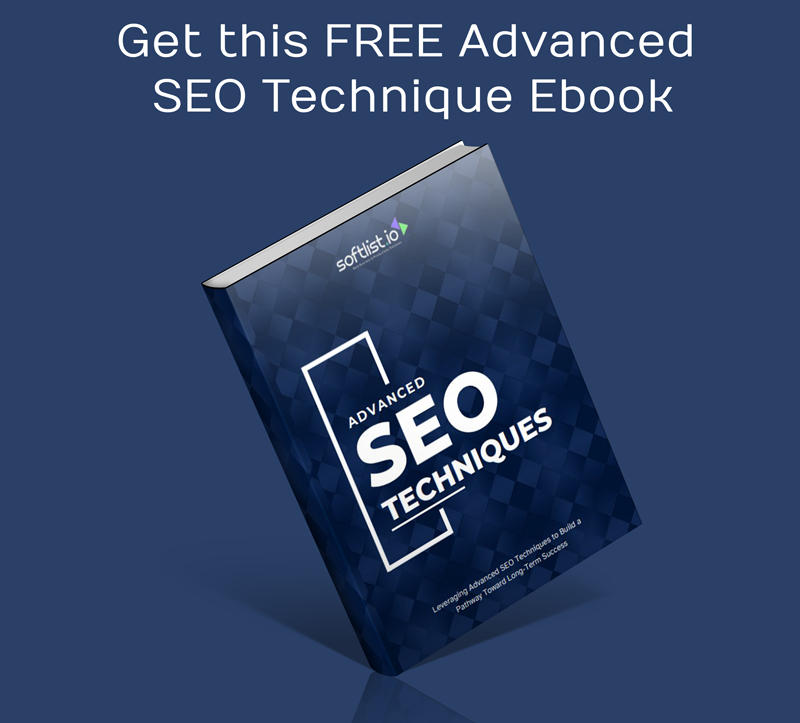Mastering the art of SEO content optimization is paramount for anyone looking to enhance their online visibility and engagement. But what exactly does content optimization mean? Content optimization involves refining your website’s content so it’s more attractive to search engines and your target audience.
This process is not just about incorporating keywords haphazardly but understanding and applying strategies that resonate with Google’s algorithms and, more importantly, your audience’s needs and preferences.
You’ll also need to familiarize yourself with content optimization AI tools. These advanced solutions can dramatically streamline the optimization process, offering in-depth analyses and actionable recommendations to elevate your content’s performance.
Whether assessing your content with an SEO-optimized content checker or leveraging AI for more nuanced enhancements, these technologies are indispensable in crafting content that ranks and resonates.
Here’s a comprehensive guide to crafting and implementing a successful SEO content optimization strategy.
Understanding SEO Content Optimization
SEO optimization involves making your website’s content more attractive to search engines and users. It encompasses techniques such as keyword research, content creation, and on-page SEO elements. The goal is to create content that ranks higher in search engine results pages (SERPs), driving organic traffic to your site.
The Strategic Approach
1. Keyword Research and Selection

- Identify Your Audience
Understanding your target audience is a cornerstone to creating an SEO content strategy. It involves delving deep into your audience’s preferences, needs, and behaviors to identify what they are actively seeking online.
Tools like Google Keyword Planner, SEMrush, and Ahrefs can help identify relevant keywords with high search volumes and low competition.
This strategy exemplifies how a thorough keyword research process, aided by powerful SEO tools, lays the groundwork for a successful SEO content strategy, enabling your content to stand out amidst the digital clutter and effectively connect with your intended audience.
2. Content Creation

- Focus on Quality and Relevance:
To excel in search engine optimization (SEO), creating high-quality, informative content that precisely addresses your audience’s needs and questions is crucial. Relevance is key to retaining user interest.
- Incorporate Keywords Naturally
Incorporating selected keywords into your content is a fundamental strategy to boost your visibility on search engines. To execute this strategy effectively, using these keywords naturally within the text, titles, headings, and meta descriptions is crucial, ensuring that the content flows well and resonates with your readers.
Creating a list can serve as a structured approach to integrate these elements cohesively into your content creation process.
3. Optimizing On-Page Elements
- Title Tags and Meta Descriptions:
These should include primary keywords that generate interest and compel users to click through your website. Ensuring your content is informative and useful can significantly enhance its effectiveness in engaging your audience and driving traffic to your site.
- Header Tags:
When crafting your blog post, leverage header tags (H1, H2, H3) strategically to structure your content. This practice not only enhances the readability for your audience, making it easier for readers to navigate through your content but also boosts your visibility in search engine results.
By organizing your information hierarchically, you not only cater to the needs of your audience but also ensure that search engines comprehend the significance of your content, ultimately improving your ranking and driving more traffic to your website.
- URL Structure:
When crafting your URLs, aim to include insightful keywords while ensuring they remain relevant to the content of your webpage. This helps users understand what the page is about at a glance and improves your chances of appearing in relevant search results.
Keeping URLs short and descriptive enhances user experience and makes them easier to remember and share. Should the need arise to redirect URLs, ensure the process is seamless and doesn’t disrupt the user’s journey through your site.
- Image Optimization:
When posting images on your website, optimizing them for search engines by using descriptive file names and alt attributes is crucial. Incorporating relevant keywords into these elements not only enhances your SEO efforts but also improves the accessibility of your content.
By doing so, you’re ensuring that your images are easily understood by search engine algorithms and visually impaired users who rely on screen readers. This dual approach boosts your website’s visibility in search results and enhances the overall user experience.
4. User Experience (UX) and Site Structure

- Mobile-Friendliness
Ensuring your site is optimized for mobile devices is essential to help you reach a broader audience. Mobile-friendliness has become a critical ranking factor in search engine algorithms, influencing how prominently your website appears in search results.
- Site Speed
Optimizing loading times is paramount in providing an exceptional user experience and garnering favor from search engines. Websites that load quickly satisfy visitors with seamless navigation and stand a better chance of ranking higher in search engine results.
- Internal Linking
Utilize internal links strategically to interconnect your content, providing users a seamless journey through your website. This facilitates navigation for visitors and assists search engines in efficiently crawling and indexing your site.
5. Content Update and Refresh
- Regular Updates
Continuously refreshing and updating your content is pivotal to sustaining its relevance and usefulness. This practice encourages repeat visits from your audience and signals to search engines that your website is actively maintained and valuable to users.
- Content Expansion
Consider expanding your existing content to encompass related topics or deeper into specific insights. By leveraging keyword research to inform your updates, you can ensure that your expanded content remains relevant and optimized for search engines.
6. Implementing the Strategy
- Content Audit
Make it a regular practice to review your content systematically, identifying areas that could benefit from improvement or topics that require updating. By conducting periodic reviews, you can ensure that your content remains accurate, relevant, and aligned with the latest developments in your field or industry.
- Monitor Performance
Harness the power of tools such as Google Analytics and Google Search Console to monitor and evaluate the performance of your content. These invaluable resources provide comprehensive insights into metrics, including website traffic, user behavior, and search engine visibility.
- Competitor Analysis
Monitor your competitors’ content strategies closely to pinpoint gaps in your content and uncover opportunities to differentiate yourself. By keeping a vigilant eye on what your competitors produce, you can gain valuable insights into emerging trends, popular topics, and successful tactics within your industry.
Conclusion
A strategic approach to SEO content optimization emerges as a cornerstone for digital success. By carefully weaving together the fundamentals of where you’re going with your SEO goals and understanding the terrain where they’re likely to flourish, one can craft a blueprint that resonates with search engines and the intended audience.
Publishing content alone, however, is only the beginning. The accurate measure of a strategy’s success lies in continuously monitoring content performance, making adjustments based on insights gleaned from accurate data, and understanding the subtle nuances that drive search engine algorithms.
Content Optimization in SEO is not a one-time effort but an ongoing process that requires attention to the changing dynamics of the internet landscape. Marketers can ensure their SEO efforts are not in vain by focusing on strategic elements—such as keyword research, audience analysis, and creating high-quality, relevant content.
Remember, the journey of Content Optimization in SEO is a marathon, not a sprint, requiring a consistent effort to publish content that is not only seen but also resonates deeply with its intended audience. You can read our other blogs to learn more about Content Optimization in SEO.
FAQS
What is the importance of creating an effective SEO content strategy?
Creating an effective SEO content strategy is crucial for improving your website’s visibility on search engines, driving organic traffic, and increasing your business’s online presence.
How can I optimize my content for SEO?
To optimize your content for SEO, you can focus on using relevant keywords, creating high-quality and engaging content, optimizing meta tags, and improving your website’s loading speed.
Why is keyword research important for SEO strategy?
Keyword research is essential for SEO strategy as it helps you understand what terms your target audience is searching for. It allows you to create content that aligns with their search queries and improves your search engine rankings.
How can I identify and analyze my competitors’ SEO strategies?
You can identify and analyze your competitors’ SEO strategies by conducting competitor analysis, monitoring their keywords, backlinks, and content strategies, and leveraging tools to gain insights into their online activities.
What is the significance of search intent in SEO content creation?
Search intent plays a vital role in SEO content creation as it helps you understand the reason behind a user’s search query, enabling you to create content that satisfies their intent and improves your chances of ranking higher in search results.
How can I update my content to improve its SEO performance?
You can update your content by refreshing outdated information, adding relevant keywords, improving user experience, optimizing for mobile devices, and incorporating multimedia elements to enhance SEO performance.
Why is creating a content calendar for SEO content marketing strategy essential?
Creating a content calendar helps you plan and organize your content creation efforts, maintain consistency in publishing schedules, align content with marketing goals, and effectively track the performance of your SEO content marketing strategy.







